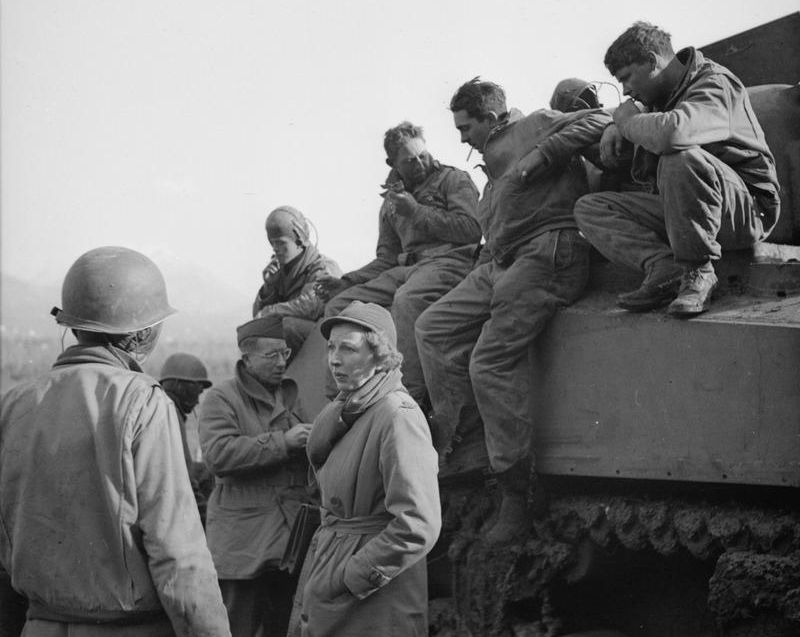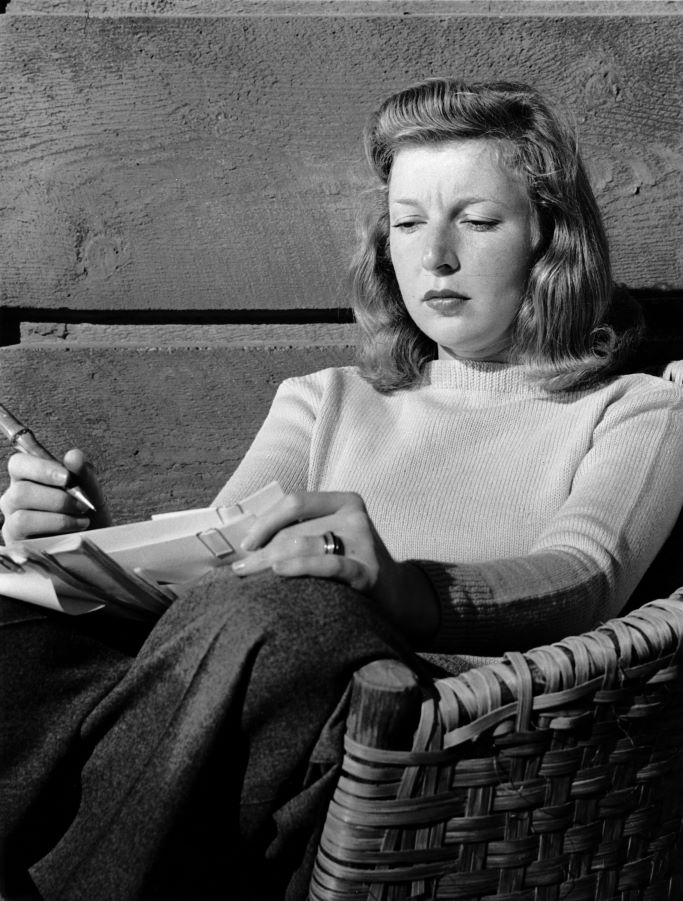Authors:
Historic Era: Era 8: The Great Depression and World War II (1929-1945)
Historic Theme:
Subject:
Summer 2024 | Volume 69, Issue 3


Authors:
Historic Era: Era 8: The Great Depression and World War II (1929-1945)
Historic Theme:
Subject:
Summer 2024 | Volume 69, Issue 3

Like everyone else in her line of work, Martha Gellhorn was anxious in the spring of 1944, wondering where the invasion of Western Europe would begin and how she might secure a place near the action.
The veteran war correspondent wrote to her friend Eleanor Roosevelt on April 28, frustrated that she had allowed her husband, Ernest Hemingway, to coax her back from covering the war for Collier’s magazine to spend time with him in Cuba:
Hemingway had decided he wanted in on the action, and she helped arrange passage to England for him … while essentially leaving herself out in the cold. Of all the magazines he could have pitched, Hemingway chose Collier’s, which eagerly snapped up the big-name novelist as a correspondent. That move and the military’s general refusal to allow women reporters anywhere near the front lines seemed to assure that Gellhorn would indeed miss out on her dream story — even if she could make it back to England.
While Hemingway winged across the Atlantic in mid-May, trading pleasantries with movie star Gertrude Lawrence on a leisurely flight, Gellhorn had to beg her way onto a Norwegian freighter transporting dynamite across the sea.
She did make it across, though, and hustled her way onto the big story, just like she always had.
Furious at Hemingway for the way he had discarded her in pursuit of his own glory, she checked into a separate room at the Dorchester in London after arriving from Liverpool. According to her biographer, Caroline Moorehead, Gellhorn mostly looked on in disgust the next several days as Hemingway partied with his ever-present retinue of admirers, even after being released from the hospital following a serious car accident.
When the London-based correspondents got the call early on June 6, Gellhorn reported to the Ministry of Information. Hemingway had been gone for a few days, preparing to storm the beaches of France in a heroic return to the continent. After the initial rush of SHAEF’s release of Communique No. 1, officially announcing the invasion, to a room full of correspondents, Gellhorn headed out into the streets of the capital.

With those steps, she began to assemble a piece that would run on a single page in the July 22,1944 issue of Collier’s. Compared to Hemingway’s cover story “Voyage to Victory,” it was presented as almost an afterthought. But, in terms of pure journalism, Gellhorn’s piece delivers a deeper, broader account of how the day actually felt than did Hemingway’s almost comically self-serving tome.
However powerful were Gellhorn’s observational skills, the fact remains that there wasn’t much happening in London, and that didn’t sit well with her. So, she set off for the south coast, inching closer to the action. Her July 22 piece describes the scene at an unnamed British port on “D-plus-one”, June 7:
The story weaves in a few more vignettes from the port, from the towns near the coast, from London. But there was much more to Gellhorn’s invasion experience than this initial taste.
After surveying the port, she headed to the docks. A military policeman asked her what she was doing there, and she said she was there to interview nurses for Collier’s. That seemingly inane assignment did the trick, and Gellhorn simply walked onto a hospital ship at anchor nearby and locked herself in a bathroom.
Late that